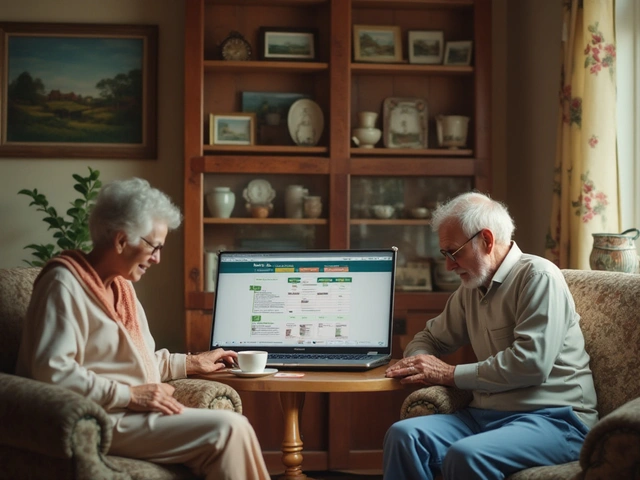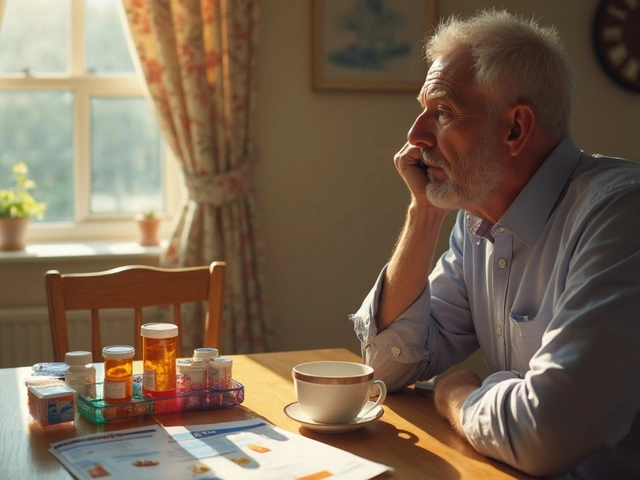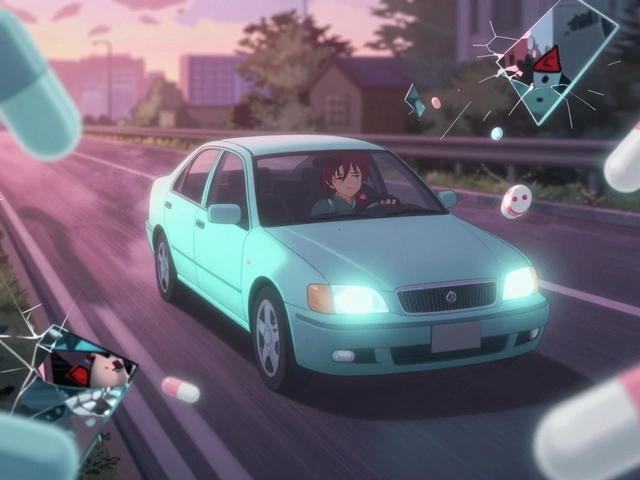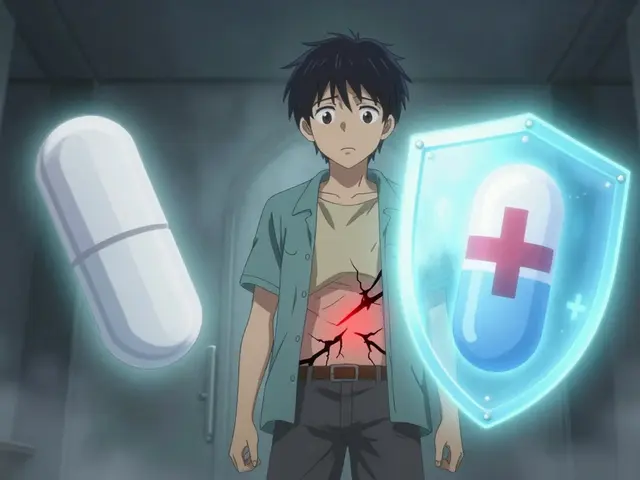Pupil Reflex: What It Is and Why It Matters
The pupil reflex is the automatic way your eyes adjust to light. When bright light hits your eye, the black center – the pupil – gets smaller so you don’t get blinded. When it’s dark, the pupil widens to let more light in. This tiny movement happens without you thinking about it, but it tells a lot about your nervous system.
How the pupil reflex works
Light enters the eye and hits the retina at the back. The retina sends a signal through the optic nerve to the brain’s midbrain area called the pretectal nucleus. From there, a shortcut runs to the Edinger‑Westphal nucleus, which controls the muscles that squeeze the pupil closed. Those muscles are called the sphincter pupillae. When they contract, the pupil gets smaller (constriction). If the light goes away, a different set of muscles – the dilator pupillae – relaxes the squeeze and lets the pupil open up again.
The whole loop is fast – usually under half a second. Because the pathway uses both the visual and parasympathetic nerves, any problem on that route can change the reaction. For example, a pinched nerve or a head injury can make one pupil stay bigger than the other.
When doctors test the reflex
During a routine check‑up, a doctor will shine a small flashlight into each eye. They watch how quickly the pupils shrink and then expand. A normal response is equal and swift on both sides. If one pupil reacts slower, stays dilated, or doesn’t react at all, it could flag issues like concussion, brain bleed, glaucoma, or drug effects.
Medications also mess with the reflex. Opioids, for instance, often make pupils tiny (miosis), while stimulants like cocaine can keep them wide (mydriasis). Knowing which direction the change goes helps clinicians narrow down the cause.
Beyond emergencies, the pupil reflex helps track diseases that affect the nervous system over time. Conditions such as multiple sclerosis, Parkinson’s disease, or Alzheimer’s can subtly alter the reflex before other symptoms appear.
In everyday life, you rarely notice the reflex unless you’re in a very bright or very dark place. If you ever see one of your pupils stay unusually large or small for a long stretch, especially after a head bump, it’s worth getting checked.
So next time a doctor shines a light into your eyes, remember they’re not just being thorough – they’re using the pupil reflex as a quick, painless window into how well your brain and nerves are working. Understanding this simple reaction can help you recognize when something might be off and prompt you to seek help sooner.
Myosis in Animals: How Species Adapt to Light Changes
Explore how myosis helps animals of different lifestyles adjust to changing light, from owls to humans, with real examples and a handy comparison table.
View More




